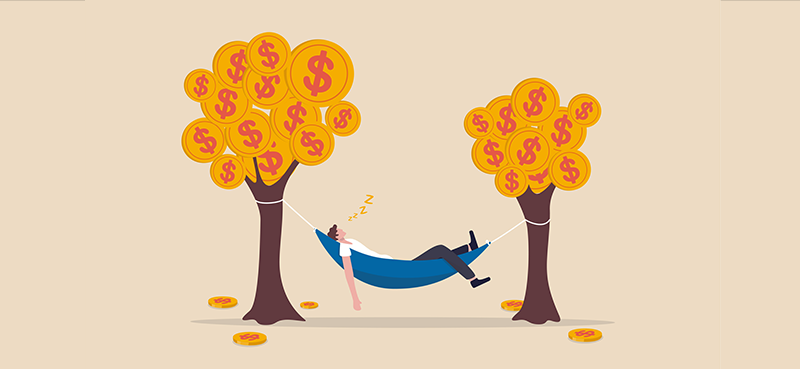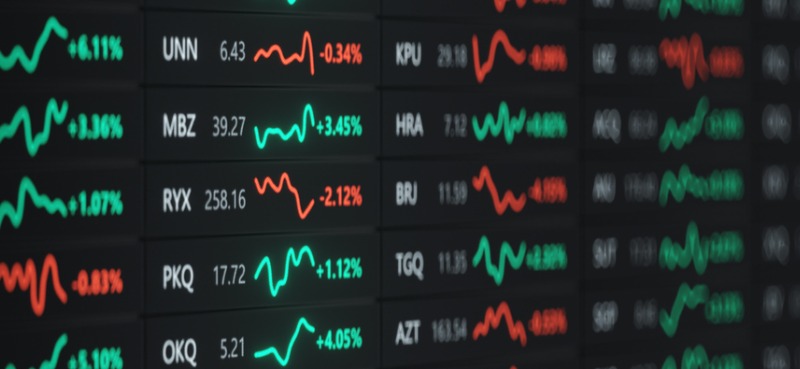During the zero-rate era of the past decade, investors dumped money into exciting, high-growth stocks that offered a chance at life-changing returns…
Meanwhile, they largely ignored safer, “boring” assets, like dividend stocks.
And we could start seeing similar behavior again as the Fed starts its rate-cutting path…
History tells us this is a big mistake. Dividends are one of the most reliable sources of investment gains. In fact, from 1940 to 2023, dividends accounted for over a third of the S&P 500’s total gains.
They’re also a reliable source of income in any market… and can serve as a portfolio stabilizer, picking up some of the slack during pullbacks and bear markets.
Of course, as with any asset, not all dividend-paying stocks are created equal…
Some dividend stocks might sport a high yield… but promise no stability when conditions worsen. Plus, a high yield can signal danger—suggesting that the market doesn’t like the company or its future earnings prospects.
In short, choosing the best dividend stocks takes time and effort.
Fortunately, there’s an easy way to sidestep the stock picking.
Today, we’ll look at two ways to invest for income with minimal effort and maximum efficiency.
But first, let’s take a closer look at why dividend stocks are a good bet for any market…
The best dividend stocks have these factors in common
There are really only a few reasons why a company pays out its cash to shareholders…
For one, a dividend signals to the market that business is good… and that the company is creating more cash than it needs to support or expand its existing operations.
Dividends also indicate that the company is committed to rewarding its shareholders… that management is disciplined and has its shareholders’ best interests at heart.
Plus, dividend-paying companies are typically safer than their pure-growth counterparts. Dividends signify a company with a mature business that generates enough free cash flow (money left over after paying for basic expenses and capital growth) to maintain a shareholder payout program.
Moreover, companies don’t want to accumulate more cash than they absolutely need. Having excess cash on the balance sheet can make them an acquisition target—not an ideal scenario for managers who want to keep their jobs. That means the more money this type of company makes, the faster it will increase the size of the payout.
Finally, most investors own dividend stocks for income, so these stocks are more likely to hold their value during a selloff… when their dividends truly shine.
But how do you separate reliable dividend stocks from the ones with unsustainable yields (companies that will eventually be forced to cut or eliminate their dividend)?
Simple…
The best income stocks not only have growing dividends… their share prices also rise as more investors realize the stability of their businesses… and the growth potential of their dividends.
In short, these are stocks that generate income and capital gains.
But you don’t have to sift through a massive list of dividend stocks to narrow down the winners… Income-focused exchange-traded funds (ETFs) will do the work for you.
Below are two prime examples. Both have rock-bottom fees, which means more profits in your pocket.
iShares Core Dividend Growth ETF (DGRO)
DGRO’s criteria for choosing stocks revolves around sustainable and affordable dividend growth. It requires a five-year track record of raising dividends… and the company can’t pay out more than 75% of its earnings (to ensure there’s money left over for business growth).
The fund focuses on cheaper, more mature value stocks—and, as a result, has a higher yield than the market (2.1% vs. the S&P’s 1.3%).
DGRO is well diversified… with over 400 stocks at last count.
It’s a great fund and deserves to be on every income investor’s radar.
Schwab U.S. Dividend Equity ETF (SCHD)
SCHD’s stock selection process focuses on the highest-yielding stocks in the market. Additional criteria include dividend yield, free cash flow, debt, return on equity, and dividend growth rate over the past five years.
Out of the two ETFs, SCHD has the stricter criteria… and, as a result, a much smaller portfolio of only 103 stocks.
But this portfolio yields 3.4%…
SCHD holds cheaper stocks than DGRO… so if your portfolio already has a lot of value stocks, you might be better off going with DGRO. But if you’re looking for a higher yield, this could be the fund for you.
Ultimately, both funds are excellent long-term holdings for anyone building a buy-it-and-forget-it income portfolio.





















